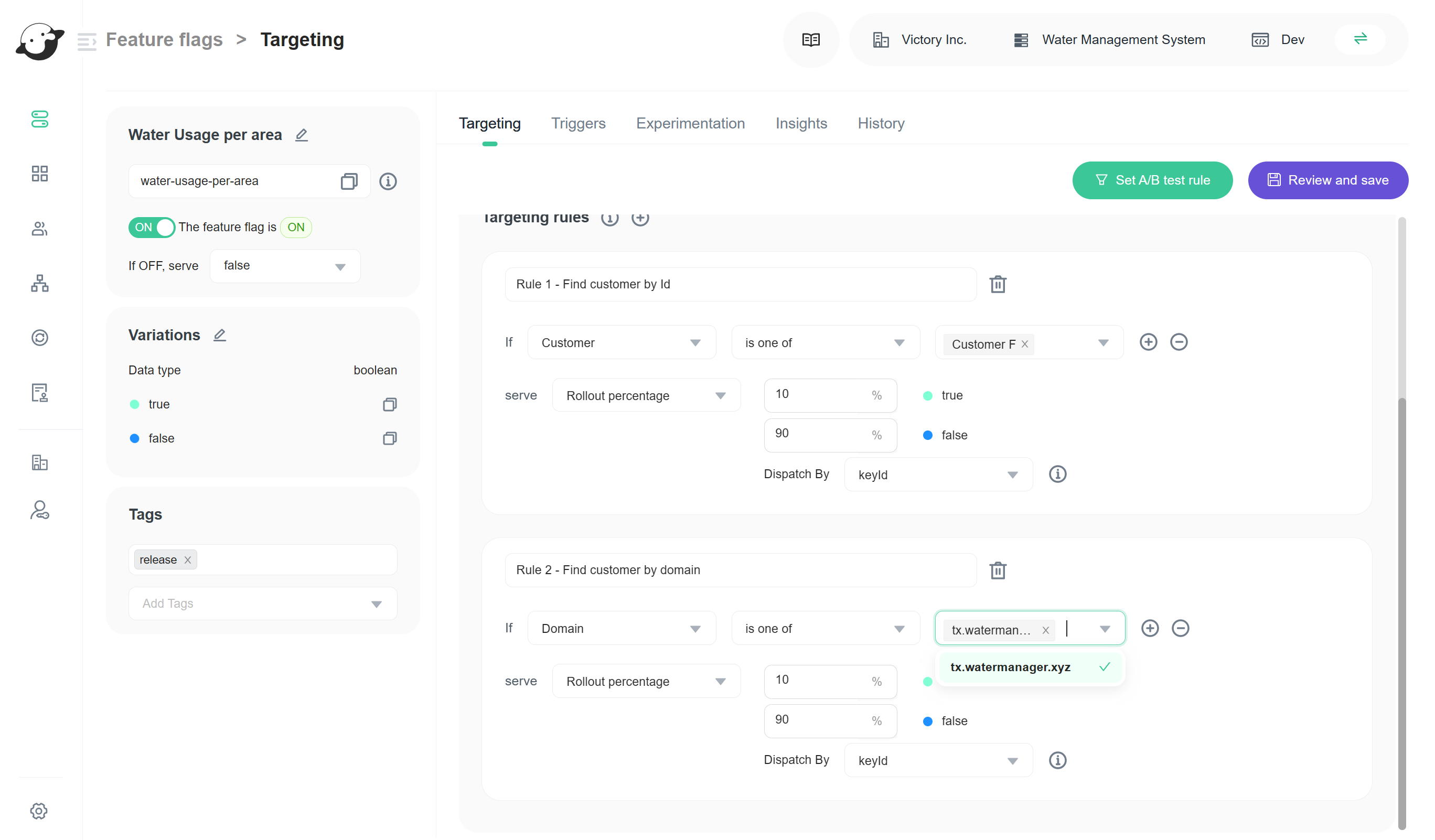Innovate
Your Software
Faster without Risk
Innovate Your Software Faster without Risk
Elevate Dev Ops Tools with Seamless Feature Flag Management

Introduction
In today's fast-paced software development world, DevOps has become a critical aspect of the process, bridging the gap between development and operations teams. As the demand for continuous integration, delivery, and deployment increases, DevOps tools must evolve to keep up. One such enhancement to your DevOps toolkit is feature flag management, which can dramatically improve your operations' efficiency, flexibility, and overall success. In this blog post, we'll explore the benefits of incorporating feature flag management into your DevOps processes.
1. Enhanced Flexibility and Control
Feature flags, also known as feature toggles, are powerful tools that allow developers to control the visibility and functionality of certain features in their application without having to deploy new code. By implementing feature flag management into your DevOps toolkit, you gain the ability to easily turn features on or off, conduct A/B testing, and roll out updates incrementally. This level of control ensures a more adaptive and robust development environment, allowing your team to respond quickly to changing requirements or issues.
2. Improved Release Management
Feature flag management can help streamline your release process, allowing for faster and more frequent releases. By decoupling feature development from code deployments, you can push new features into production without having to wait for a complete codebase update. This approach enables continuous delivery and makes it easier for your team to manage multiple parallel feature developments, reducing the risk of delays or bottlenecks.
3. Reduced Risk and Easier Rollbacks
One of the most significant benefits of incorporating feature flags into your DevOps toolkit is the ability to reduce risk when deploying new features. With feature flags in place, you can quickly roll back a feature if it's causing issues or if it's not performing as expected. This level of control means you can avoid the need for emergency hotfixes or complete rollbacks, saving both time and resources.

4. Better Collaboration and Communication
Feature flag management can foster improved collaboration and communication between development and operations teams. With a centralized feature flag management system, team members can easily monitor and control feature releases, ensuring everyone is on the same page regarding which features are live and which are still in development. This transparency helps to break down silos and encourages collaboration, ultimately leading to more efficient and reliable software development.
5. Effective Canary Releases and A/B Testing
Feature flags allow you to perform canary releases, where you can gradually roll out new features to a small percentage of users before deploying them to your entire user base. This technique helps you identify and fix potential issues early on, minimizing the impact on your users. Similarly, feature flags enable A/B testing, allowing you to compare different versions of a feature to determine which performs best.
Conclusion
Incorporating feature flag management into your DevOps toolkit can provide numerous benefits, including increased flexibility, improved release management, reduced risk, enhanced collaboration, and more effective canary releases and A/B testing. By leveraging these advantages, your development and operations teams can work more efficiently, deliver more reliable software, and ultimately provide a better experience for your users. Don't miss out on the opportunity to elevate your DevOps processes with seamless feature flag management.